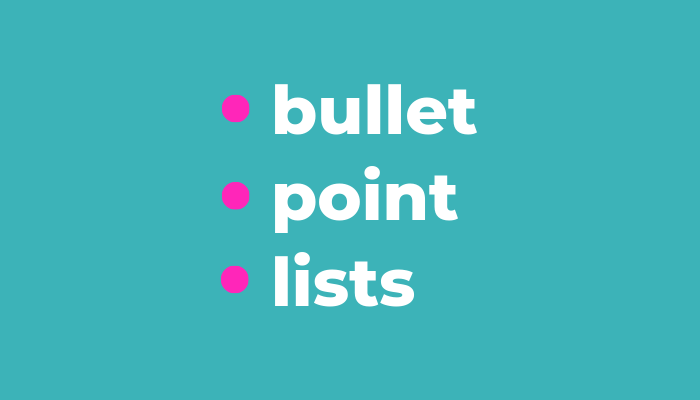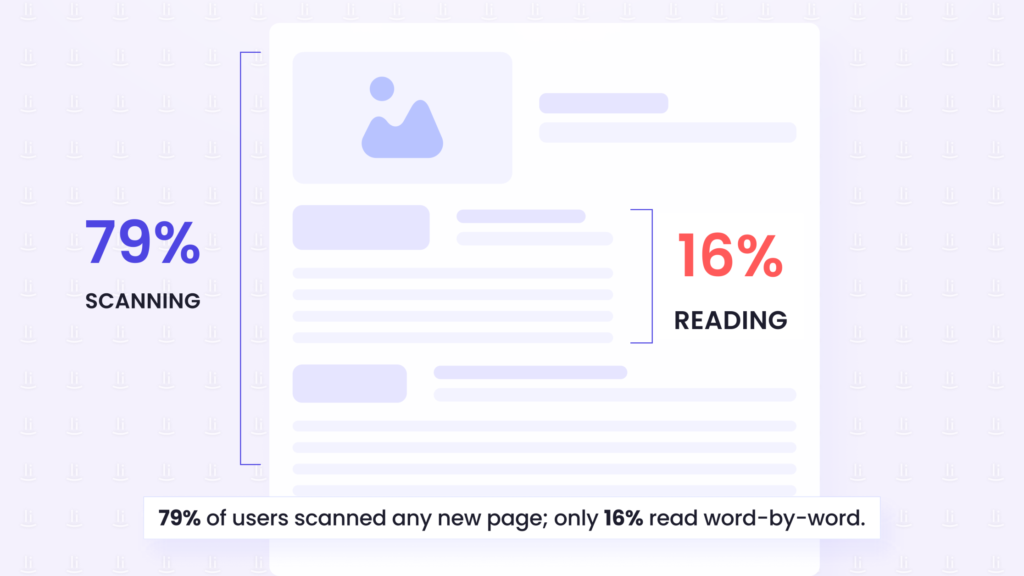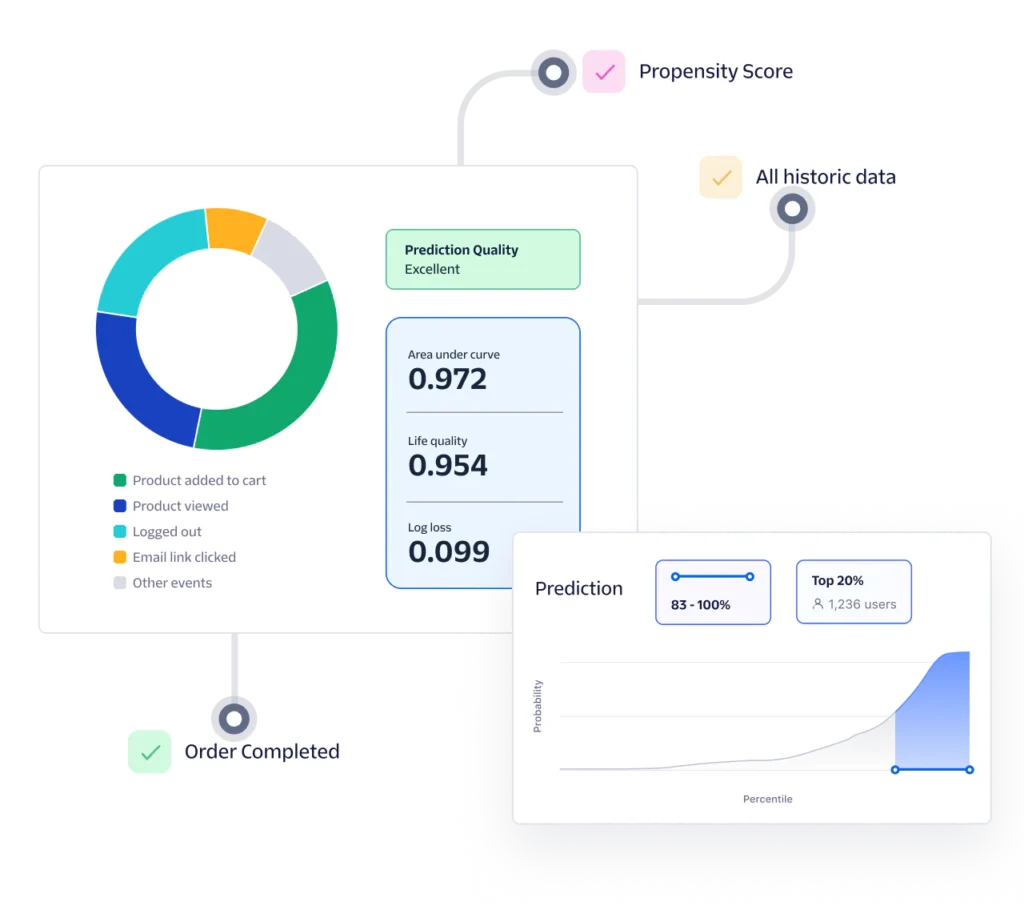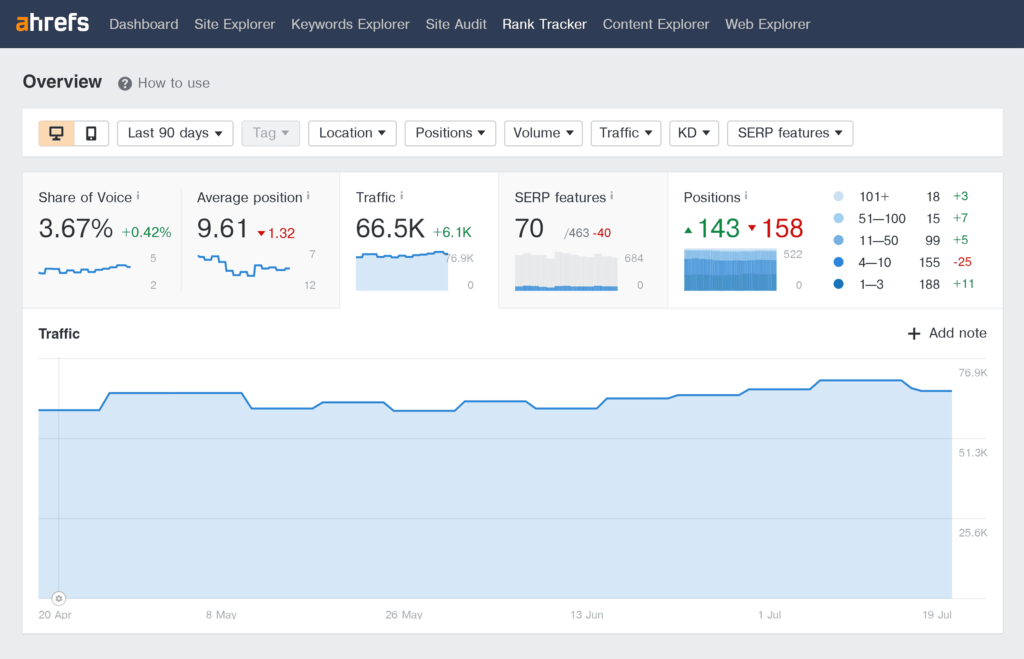Trends in Short-Form Video Content for 2025
As the digital landscape evolves, so do the strategies needed to stand out. In 2025, mastering SEO isn’t just about sprinkling keywords into your content—it’s about creating an immersive, engaging experience that caters to both readers and search engines. Whether it’s integrating visuals, maintaining originality, or staying on top of industry trends, every element plays a pivotal role in determining your content’s success.
This guide about Trends in Short-Form Video Content dives into actionable strategies for crafting high-quality articles that not only rank but also captivate your audience. From leveraging scannable formats like lists and bullet points to using tools for error-free editing, you’ll find everything you need to optimize your content and stay ahead in the competitive world of SEO. Let’s explore how to turn your articles into digital magnets that attract traffic, keep readers engaged, and boost your online authority.

Enhancing Reader Engagement
Engaging content is critical to retaining readers and encouraging them to interact with your website. Engagement metrics such as time on page, bounce rate, and scroll depth not only reflect user satisfaction but also influence your search rankings. This section explores techniques to captivate readers and keep them coming back for more.
Using Lists and Bullet Points
Lists and bullet points are powerful tools for breaking down information into easily digestible chunks. They improve readability and help readers quickly find key takeaways.

Why Scannable Content Retains Readers
In the digital age, attention spans are short. Many readers scan articles to find the most relevant information before committing to reading in-depth. Scannable content, like lists and bullet points, caters to this behavior:
- Quick Access: Readers can immediately identify important points without wading through dense paragraphs.
- Visual Breaks: Lists create white space, making your article visually appealing and less intimidating.
- Logical Organization: Grouping related items in a list makes complex ideas easier to understand.

For example, consider these two formats:
- Dense Paragraph: “SEO articles should include primary keywords in titles, meta descriptions, and introductions. Secondary keywords should be distributed throughout the body. Ensure natural keyword usage to avoid penalties.”
- Bullet Points:
- Include primary keywords in titles, meta descriptions, and introductions.
- Distribute secondary keywords throughout the body.
- Ensure natural keyword usage to avoid penalties.
The bullet point version is more reader-friendly and visually appealing.
Visual Elements in Content
Visuals are essential for enhancing the user experience. They break up text, support key points, and make your content more engaging.
How Images and Infographics Enhance SEO
Images and infographics do more than beautify your article; they improve its SEO performance. Here’s how:
- Increased Engagement: Articles with visuals are more likely to capture attention and reduce bounce rates.
- SEO Value: Optimized images with keyword-rich alt text can rank in Google’s image search, driving additional traffic.
- Clarity: Infographics simplify complex information, making it easier for readers to understand and share.

To maximize the impact of visuals:
- Choose Relevant Images: Ensure all visuals align with the content and add value.
- Optimize File Sizes: Compress images to improve page load speed without sacrificing quality.
- Use Descriptive Alt Text: Write alt text that describes the image and includes relevant keywords for accessibility and SEO.
For example, in an article about “SEO tools,” an infographic comparing the top five tools based on features and pricing would enhance both engagement and SEO performance.

Maintaining Consistent Style and Tone
Consistency in style and tone builds trust and enhances readability. Readers are more likely to engage with content that feels polished and cohesive.
Writing with Clarity and Professionalism
Clear, professional writing ensures your message is easily understood. To achieve this:
Avoid Jargon: Use plain language unless writing for a specialized audience.
- Edit Ruthlessly: Cut unnecessary words and focus on delivering value.
- Use Active Voice: Write in an active voice to make sentences more direct and engaging.
For example:
- Passive: “The article was read by thousands of users.”
- Active: “Thousands of users read the article.”

Clarity and professionalism establish you as a trustworthy authority, encouraging readers to explore more of your content.
Maintaining Content Quality and Originality
High-quality, original content is the backbone of SEO success. Google prioritizes unique, valuable articles over plagiarized or generic content, making it essential to maintain originality and attention to detail.

Avoiding Plagiarism
Plagiarism damages your credibility and can lead to penalties from Google. Ensuring originality is non-negotiable for SEO content.
How to Ensure Unique Content
Here are strategies to create unique articles:
- Use Multiple Sources: Research from various reputable sources and synthesize the information into original insights.
- Run Plagiarism Checks: Use tools like Copyscape or Grammarly to ensure your content is 100% unique.
- Add Personal Perspectives: Share your own experiences, opinions, or case studies to differentiate your article.
For example, instead of simply listing SEO tips, include anecdotes about how a specific strategy worked for your business or clients.
Adding Original Insights
Originality goes beyond avoiding plagiarism; it involves providing fresh perspectives and actionable advice.
Providing Fresh Analysis and Unique Angles
To stand out in a crowded content landscape:

- Offer Unique Angles: Cover familiar topics from a new perspective. For instance, instead of writing “SEO Tips for Beginners,” try “SEO Mistakes Beginners Make and How to Avoid Them.”
- Analyze Industry Trends: Share your take on emerging trends or predictions, backed by data or expert opinions.
- Develop Proprietary Data: Conduct surveys or analyze internal metrics to create original research that others will reference.
Unique content establishes your authority and encourages backlinks, boosting your SEO performance.
Proofreading and Editing
Even the best ideas can be undermined by typos, grammatical errors, or awkward phrasing. Editing is the final step to ensure your content is polished and professional.
Tools for Catching Errors
Use these tools to proofread and edit your content:
- Grammarly: Detects grammar mistakes, typos, and readability issues.
- Hemingway Editor: Highlights complex sentences and suggests simplifications.
- Google Docs: Leverages built-in spelling and grammar checks.
Always review your content manually, as automated tools may miss nuanced errors or misinterpret context.

Polishing Your Content for Readability
Beyond fixing errors, focus on improving flow and clarity:
- Eliminate Redundancies: Avoid repeating points unless necessary for emphasis.
- Refine Transitions: Use transitional phrases to guide readers through the article.
- Test Readability: Read your article aloud to catch awkward sentences and ensure a natural tone.

A polished article not only improves user experience but also signals to Google that your content is high-quality.
Post-Publication Strategies
The work doesn’t end once your article is published. Promoting your content, tracking its performance, and updating it over time are crucial for maximizing its impact and maintaining rankings.

Promoting Your Article
Publishing your article is just the first step; promoting it ensures it reaches a wider audience.
Sharing on Social Media Platforms
Social media platforms amplify your article’s reach and drive traffic to your website. To promote effectively:
- Customize Posts for Each Platform: Tailor your headlines, images, and hashtags for platforms like LinkedIn, Twitter, Facebook, or Instagram.
- Use Visuals: Posts with eye-catching images or videos get more engagement.
- Engage with Comments: Respond to readers’ questions or feedback to build a loyal community.

For instance, if you publish an article on “SEO trends for 2024,” create a LinkedIn post summarizing the key points with a link to the full article.
Building Backlinks Through Outreach
Backlinks from authoritative websites improve your article’s credibility and rankings. To build backlinks:

- Reach Out to Industry Blogs: Offer your article as a resource for their readers.
- Create Linkable Assets: Develop infographics, original research, or in-depth guides that others want to reference.
- Guest Post: Write for other websites in your niche and include links back to your content.
A proactive outreach strategy ensures your content gains visibility and authority over time.
Updating Content Regularly
Google favors fresh content. Updating your articles ensures they remain relevant and continue to rank well.

Adding New Data or Examples Over Time
Monitor industry developments and incorporate new data, examples, or case studies into your articles. For example, an article about “SEO tools” from 2022 might need updates to include newly released tools or features in 2024.
Reoptimizing Keywords
Use tools like Ahrefs or SEMrush to track your article’s keyword performance. If rankings drop, consider reoptimizing for newer, high-performing keywords or adjusting your content to better match search intent.

Tracking Performance Metrics
Analyze your article’s performance to understand what works and where improvements are needed.
Tools for Monitoring Traffic and Rankings
Use these tools to track performance:

- Google Analytics: Monitor page views, bounce rate, and time on page.
- Google Search Console: Track keyword rankings and click-through rates.
- Ahrefs/SEMrush: Analyze backlinks, traffic trends, and keyword performance.
Regularly reviewing metrics helps you refine your strategy and maintain consistent growth.
Frequently Asked Questions (FAQs)
Conclusion
Creating SEO articles that rank high on Google is a multi-step process that combines research, optimization, and consistent quality. By understanding search intent, mastering keyword strategies, and engaging readers with valuable content, you can achieve lasting success in the competitive digital landscape.
Disclosure: Our blog contains affiliate links to products. We may receive a commission for purchases made through these links. However, this does not impact our reviews and comparisons. We try our best to keep things fair and balanced, in order to help you make the best choice for you.






